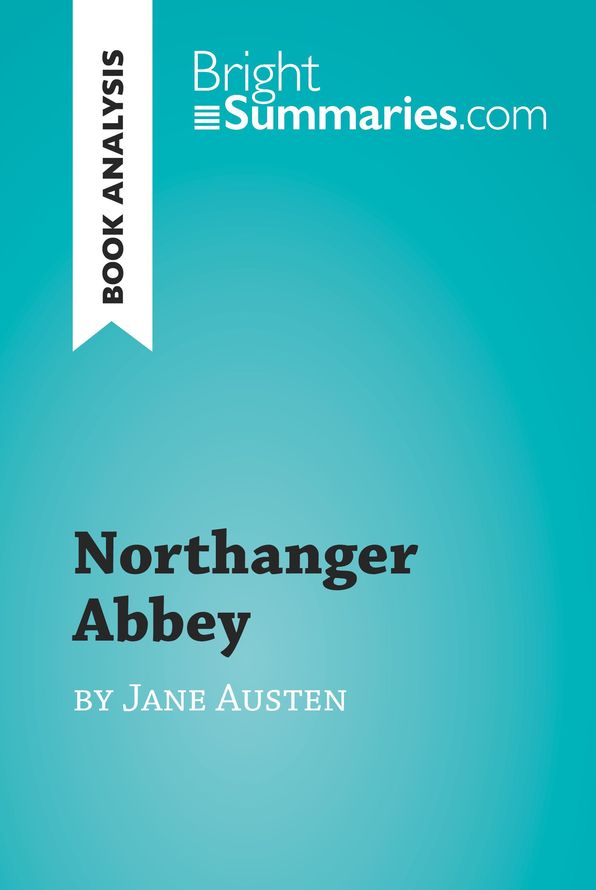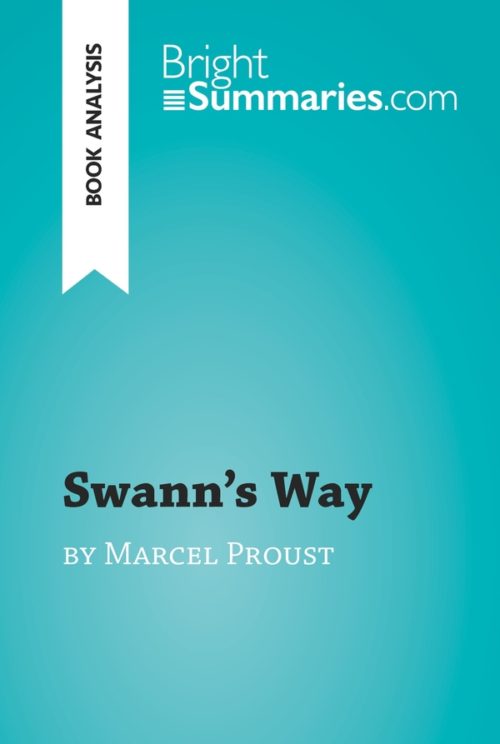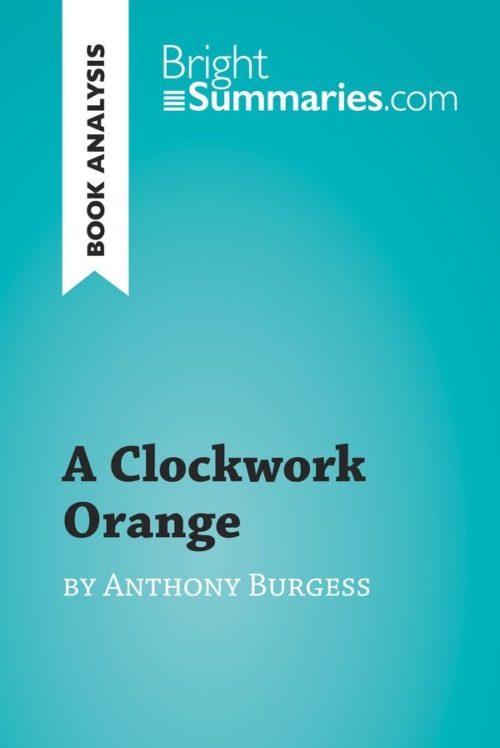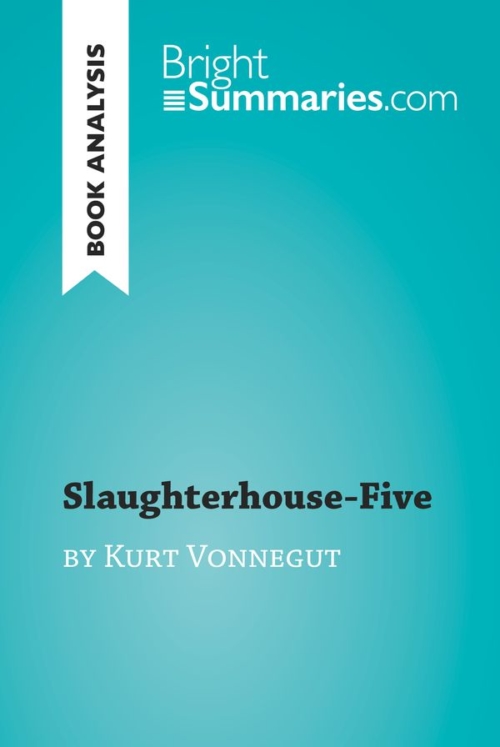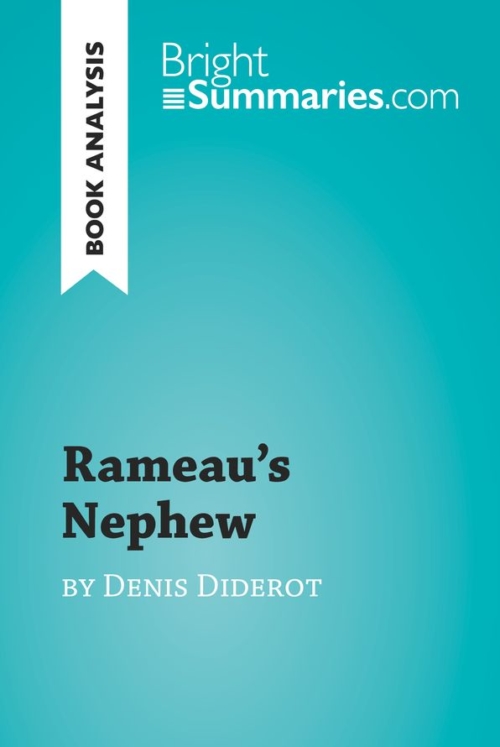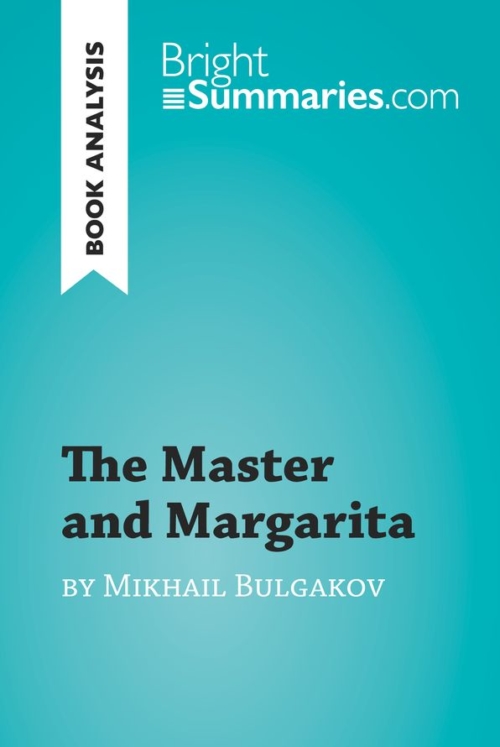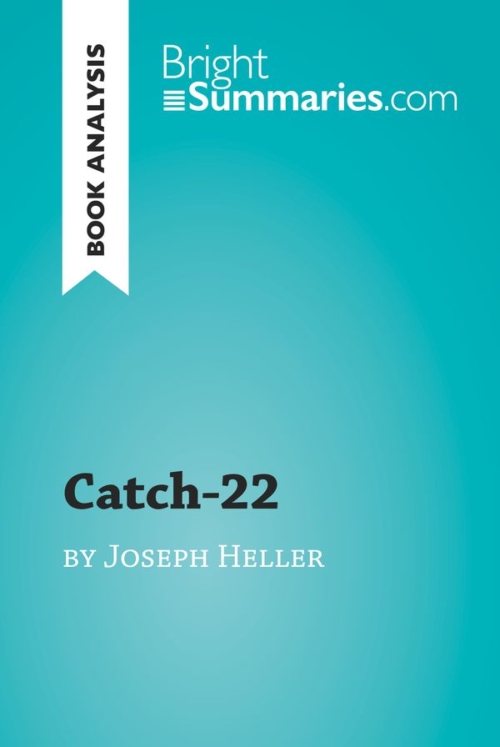Northanger Abbey by Jane Austen (Book Analysis)
Northanger Abbey by Jane Austen (Book Analysis)
Detailed Summary, Analysis and Reading Guide
Read more
This practical and insightful reading guide offers a complete summary and analysis of Northanger Abbey by Jane Austen. It provides a thorough exploration of the novel’s plot, characters and main themes, including social class, romantic relationships and Gothic fiction. The clear and concise style makes for easy understanding, providing the perfect opportunity to improve your literary knowledge in no time.
This clear and detailed 46-page reading guide is structured as follows:
- Biography of Jane Austen
- Presentation of Northanger Abbey
- Summary of Northanger Abbey
- Character study
- Catherine Morland
- Henry Tilney
- Isabella Thorpe
- Analysis of Northanger Abbey
- The Gothic
- Society
- The narrative voice
About Northanger Abbey
Although Northanger Abbey was completed and ready for publication as early as 1803, it was not published until 1817, shortly after Austen’s death. Its protagonist, Catherine Morland, is a far cry from the vivacious heroines we expect from Austen, as exemplified by Emma Woodhouse and Elizabeth Bennett: she is physically unremarkable, has led an extremely sheltered life and is strikingly naïve. Over the course of the novel, she is introduced to the vanity of society and is gradually stripped of the illusions instilled in her by the extensive reading of Gothic novels, making Northanger Abbey a highly original work of social and literary satire.
About Jane Austen
Jane Austen was an influential English writer, best known for her novels, including Northanger Abbey, Emma and Sense and Sensibility. She came from a respectable but not particularly wealthy family, which meant that her parents could not afford to send her to school. She therefore taught herself, thanks to her father, her brothers and the extensive family library. Austen never married, and her novels contain numerous criticisms of the position of women in Georgian society and wives’ dependence on their husbands. She also used her writing to critique the sentimental fiction that was popular in the second half of the 18th century, and she favored a writing style that fused realism, satire and irony.
Product details
| ISBN | 9782808012423 |
|---|---|
| Publisher | Plurilingua Publishing |
| Collection | BrightSummaries.com |
| Format | |
| Pages | 46 |
| File size | 2.1 MB |

